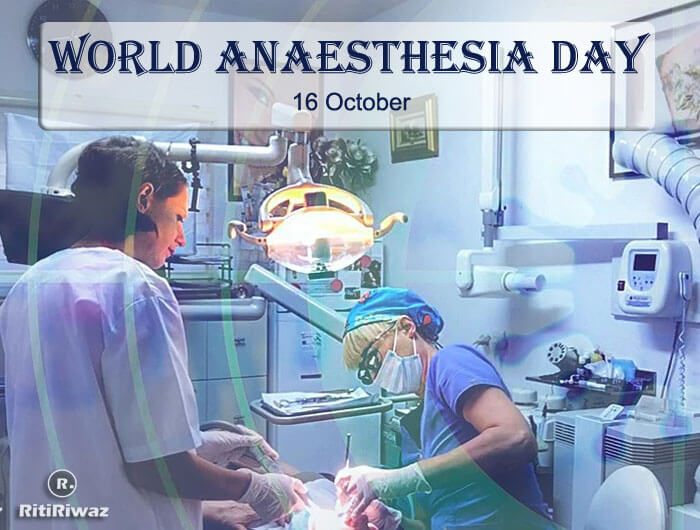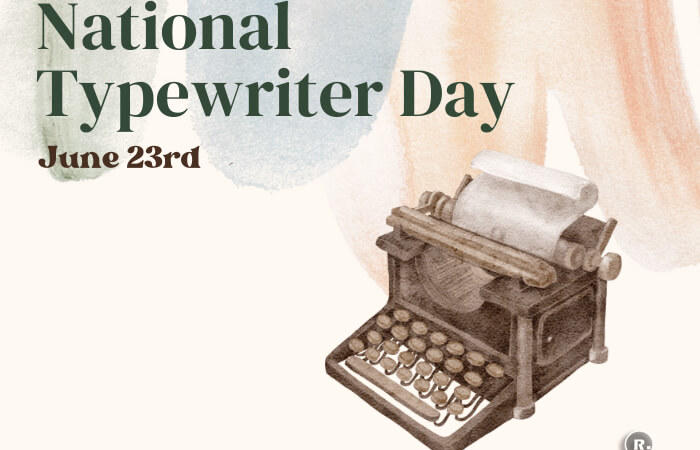World Anaesthesia Day

World Anaesthesia Day or Ether Day is observed on 16th October to educate patients, and raising awareness and support for the scaling up ‘’human resources for anaesthesia’’.
Anesthesia – Loss of nerve sensation. Artificial anesthesia is used for pain relief during surgery, dentistry, trauma, etc., as well as in other areas of medicine.
Anaesthesia comprises of three main components which are produced by using a combination of anaesthetic drugs:
Hypnosis – the animal loses the ability of voluntary movement
Muscle relaxation – the muscle is in its resting state
Analgesia – relief of pain
What is the role of an anaesthetist?
An anaesthetist is a veterinary surgeon that has undergone at least an additional three years of specialist training just in the field of anaesthesia and analgesia.
Aaesthetist is a team of nurses who will be one on one with every patient being anaesthetised. They will assess every patient and decide on an appropriate anaesthetic plan tailored to each individual. If any adverse events occur under anaesthesia, then they will ensure that these are corrected as soon as possible to prevent any long-lasting issues. Other clinicians will also seek their advice on pain assessment and management in both awake patients and those under anaesthesia.
History of Anaesthesia Day
In the 15th century, Paracelsus observed that ether made household chickens sleep and awaken unharmed. He noted something important but sadly no one pursued the line. Until 16 October 1846 when dentist William T. Morton performed surgery with a miracle drug, and the concept of anaesthesia had finally arrived.
The day was celebrated in the memory of Dr. William Thomas Green Morton, who used ether for pain relief in surgery on October 16, 1846, in Massachusetts General Hospital, Boston, USA. This ranks as one of the most significant events in the history of medicine. The advent of anaesthesia made it possible for surgery to be performed. Since 1903, special events are organized to celebrate this remarkable day. It is considered as one of the significant events in the history of medicine and was given in an operating theatre at the Massachusetts General Hospital.
This enabled a vast number of diseases to be cured. With the idea of general anesthesia introduced, so many possibilities were opened up throughout the dental and general healthcare worlds. The rapid development and advancement of anaesthesia, made it possible for surgery as a specialty to expand and develop rapidly and into many areas.
Pain relief in old days
It may seem ridiculous now but once upon a time the options for “pain relief” included:
-
Strangle till they suffocate and lose consciousness… and surgery is performed.
-
Beaten on the head with a club till they lose consciousness… and surgery is performed.
-
Alcohol overdose till they are really drunk… and well, you know the rest.
-
Of course, there was always the ever-popular “ten people hold the screaming man” while the surgeon slices him open.
Anaesthesiologists make up the largest specialty in any hospital and play a critical role in its running. Without them, theatres, the labor ward, pain services, and the intensive care unit (ICU) would almost become defunct.
The anaesthetists are solely responsible for the safety of patients during operations. Anesthetists are not ordinary doctors, and cannot be replaced as the OPD doctors are replaced. Their job is technical and needs training under supervision. The job of an anesthetist is really critical and it’s definitely tough to miss seeing family and friends
while working long hours.
Safe anaesthesia is not a luxury, it is patients’ right.
Suggested Read: Important Days In October






